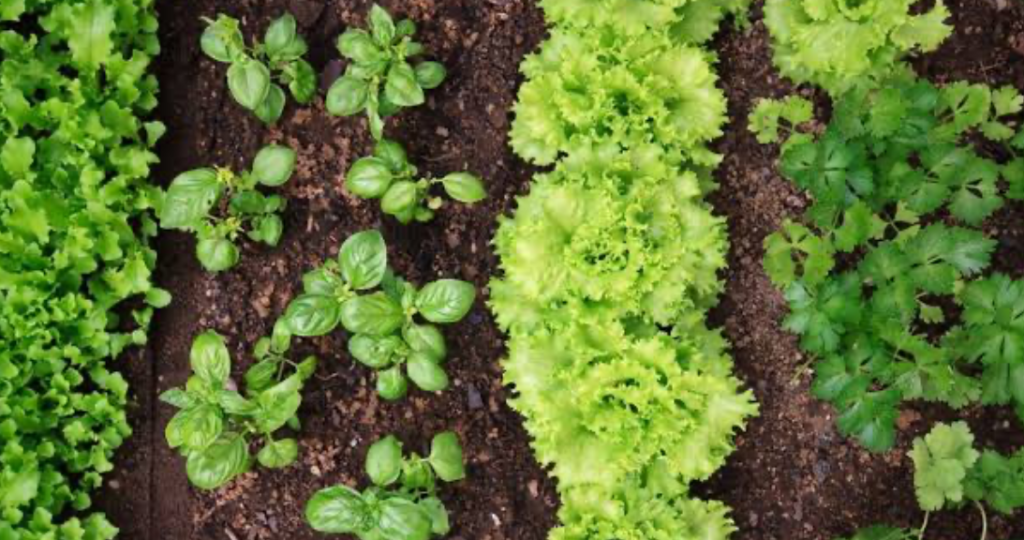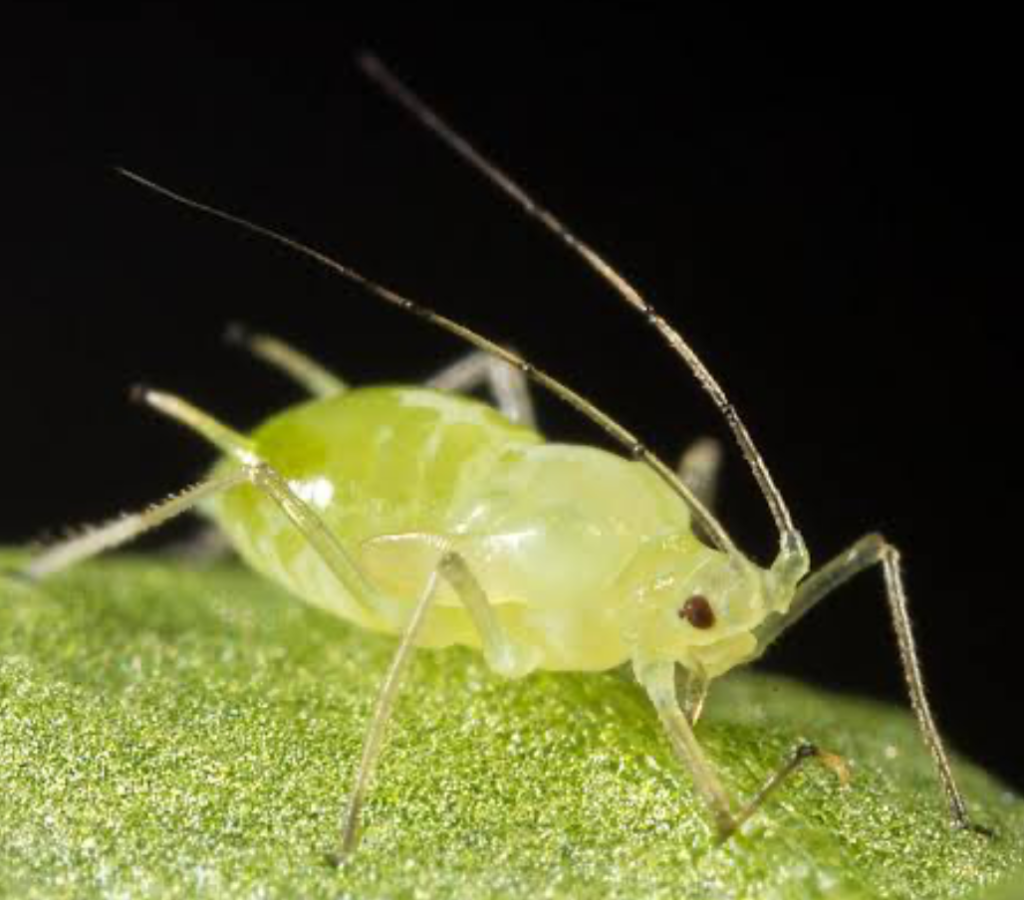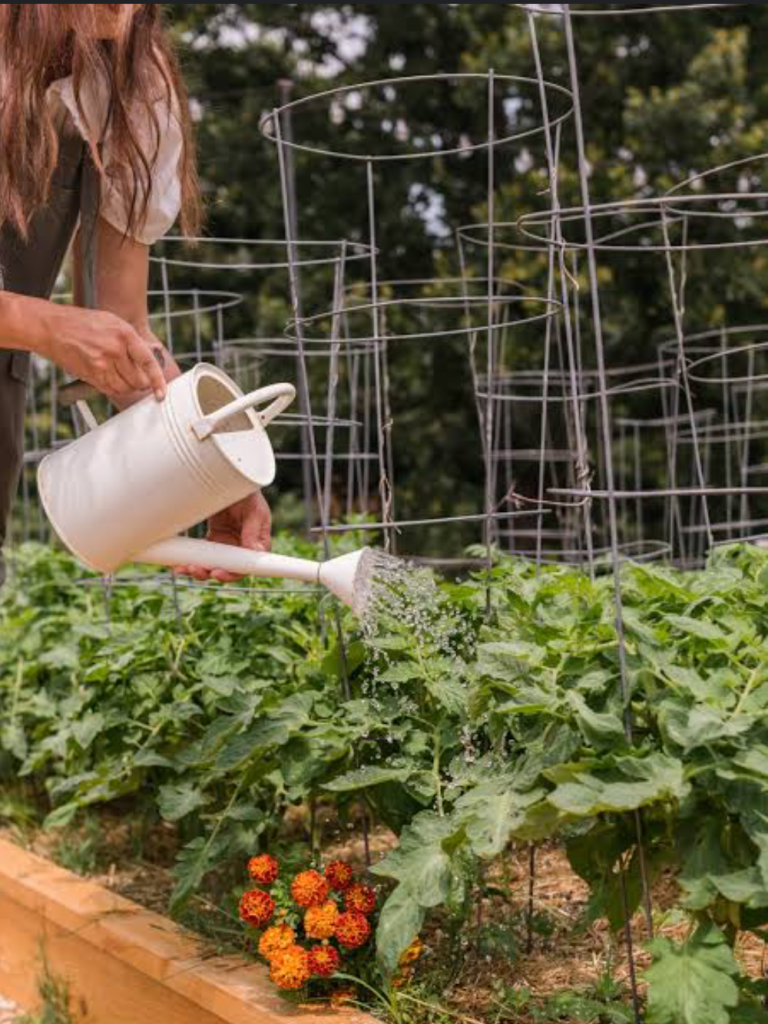Choose a chemical-free pest-control method through symbiotic companion planting. This guide contains common pest-control plant combinations and DIY techniques for successful companion planting.
Companion Planting for Pest Control Tips
Companion planting for pest control is gaining popularity as one of the most effective natural pest deterrents in gardening. However, there are numerous benefits to this approach beyond the apparent resistance to pests.
With the right beneficial plant combinations, you’d get improved flavors, a bountiful harvest, better aesthetics, a chemical-free ecosystem, better biodiversity, and all-around garden health improvements.
Companion planting and seasonal gardening, as organic gardening tips, aren’t new despite seeing a resurgence in recent years.
They’re traditional gardening approaches passed down through generations, and you’re about to join a long line of eco-conscious gardeners by learning about companion planting and its benefits.
Why Companion Planting Works for Pest Control

The most significant selling point for companion planting is its natural ability to facilitate integrated pest management alongside other benefits. Although many pest-repelling plants can thrive alone, they make better companions and create synergy with other food crops.
Here’s the science behind it.
- Companion planting benefits include attracting beneficial insects and deterring pests by masking their odors.
- Certain flowers attract bees
- While some companion plants can infuse nutrients
Where one plant falls to a pest, its companions protect the others and ensure they thrive, thereby giving you a robust yield regardless.
Popular Companion Plant Pairings That Repel Pests
You’ve seen a glimpse of plant combinations for pest control, but let’s take a closer look at this practice. Here, we’ll highlight the most popular insect-repelling herbs and other plant types, like Marigolds, and the specific pests they deter.
Marigold

Marigold companion planting repels nematodes and enhances the beauty of your garden. It’s an excellent pair for vegetables, tomatoes, and peppers which otherwise would be damaged by these pests.
Basil

Beyond its culinary delightfulness, Basil is a perfect deterrent for pests like mosquitoes and flies, making it an ideal companion for tomato plants. Its scent is more potent and masks the odor that comes from tomatoes and peppers.
Basil also infuses flavor into the plant’s root and produces juicier fruit.
Carrots

Carrots and onions are ideal symbiotic companions because the strong scent from the onion bulbs repels carrot flies while the carrots aerate the soil and allow healthy onion growth.
Herbs and Flowers That Protect Your Crops
Beginners often overlook other aromatic herbs for pest control, such as sage and nasturtium, as well as flowering plants like lavender and dill, but you shouldn’t. They’re as effective as the common herbs, and you’re about to find out why, starting with these flowers that repel garden pests.
Lavender

You can avoid deer with lavender! Deer are known to avoid lavender due to its strong scent and slightly bitter taste, which they find unappetizing. It also repels mosquitoes and flies due to its strong scent.
Dill

Dill repels Spider mites, Aphids, Squash Bugs, and Cabbage Moths by attracting Ladybugs and Parasite Wasps, which prey on them. Dill also attracts beneficial insects like ladybugs and lacewings, which can help control other pests. However, dill is also known to attract tomato hornworms, so it’s best not to plant it near tomato plants.
Nasturtium

Nasturtium’s uses in gardens vary from beautification to attracting beneficial insects that consequently deter pests like Aphids and squash bugs. The compound that makes nasturtiums so spicy actually repels these pests. And its strong scent is believed to also mask the aroma of nearby plants which prevents pests from finding your fruits and veggies.
Common Garden Pests and Their Natural Plant Defenses
To successfully choose companion garden pest deterrent plants, you must first understand your locality and the types of pests that exist there, then identify the types of deterrent plants it’ll need.
| Pest | Deterrent Plant |
| Cabbage Worm | Rosemary, Sage |
| Squash Bugs | Nasturtium |
| Aphids | Borage, Chamomile |
| Slugs | Lavender |
Cabbage Worms

Sage and rosemary help prevent cabbage worms with their strong scents.
Squash Bugs

Nasturtium reduces the risk of Squash Bugs reproducing because its scent attracts their predators.
Aphids

Aphids damage plants with tender leaves, so you’d need aphid-repelling plants like Chamomile and Borage to keep them away by attracting aphid predators.
Slugs

Tiny, slimy, green slugs are one of the peskiest garden bandits, often appearing on leaves. You can discourage them with a flowering plant like lavender or a copper tape barrier.
Each pest has specific allies, and the knowledge of these relationships can turn your garden into a fortress against these garden nuisances.
How to Plan and Space Your Companion Plantings
Designing the ideal companion planting layout determines its efficiency, so pay attention to these spacing and planning tips.
- Garden Assessment: Analyze your garden’s layout and determine its bed size. For raised bed companion gardening, you need nitrogen-fixing plants like legumes and soil covers like clover.
- Plant Growth: Note how each plant grows and space them accordingly for maximum efficiency. Place taller plants by shorter ones to shield them from harsh sunlight. Meanwhile, cover plants protect the soil.
- Plant Spacing: The ideal plant spacing for pest control is 2 to 3 inches apart in rows and columns.
- Timing: Timing is your biggest asset in companion planting, and most plants thrive in the spring, but not all. Confirm the best season for your plant before putting the seeds in the ground.
- Usage: Determine what each companion plant is to do for your garden and how it complements other greenery. For example, legumes are excellent nitrogen fixers for heavy feeders like corn, while Sage is a pest deterrent for Cabbage worms.
- Overall Biodiversity: Varied planting reduces the risk of pesky pests thriving in your garden.
Once you’ve figured out the ideal spacing and timing for your companion planting system, it’s time to get started.
DIY Companion Planting Projects for Pest Prevention

You can make a DIY garden pest control system without professional help by harnessing old gardening tricks like creating a pollinator border and building mixed herb-vegetable plants to reduce pest populations.
So, if you’re excited to start these backyard gardening projects, here’s how:
- For pollinator-friendly planting, choose early-blooming flowers in the fall before your vegetables mature for harvest.
- Stick to popular pairs like Basil and Tomatoes, Marigolds and vegetables, Spinach and Strawberries, and Thyme and Cabbage.
Mistakes to Avoid in Companion Planting for Pest Control
Even with proper planning, you may face some common gardening errors due to natural plant competition, regional climate, and growth patterns. Therefore, it is essential to avoid these companion planting mistakes by regularly checking your plants to ensure they are in optimal conditions.
Here are the mistakes to avoid:
Overcrowding
Plants may overshadow their companion or draw more nutrients from the soil, causing stunted growth for the weaker companion. So, to avoid this mistake, ensure adequate spacing with columns and rows about 2 to 3 inches apart.
Relocate weaker plants to areas where they can receive more nutrients and grow more effectively without obstruction.
Poor Plant Matches
Some failed plant pairings occur due to poor timing. So, ensure you’re planting crops, herbs, or flowers in the right season for them to bloom truly. Sometimes, the healing balance wouldn’t work immediately, and that’s where patience comes in. Not every gardener gets it on the first try. Be comfortable with first-time failures until you find what works for you.
Ignoring Regional Pest Differences
Always investigate the common pests in your area to know the right deterrent plants to pair in your garden.
Poor Soil Health
If you notice that your plants are still failing despite doing everything right, test your soil’s nutrient levels.
Only nutrient-rich and well-maintained soils can produce bountiful and vibrant plants.
Real-Life Companion Planting Success Stories

The tips in this guide are real garden solutions trusted worldwide.
A small community utilized strategic planting to protect their vegetable garden from pest infestations. They planted marigolds between their vegetable rows, which attracted ladybugs that feed on aphids, leading to a reduction in their population over time.
Another family growing organic tomatoes discovered that interspersing their plants with basil led to fewer pests while simultaneously improving their harvest’s flavor profile.
Hearing gardening success stories like these from green thumbs like you should encourage you to start companion planting in your garden. You can see more of these organic pest control examples throughout this guide.
Resources to Explore Companion Planting Further
If you’re eager to dig into the world of organic companion planting, check out online gardening forums like Reddit’s r/Gardening and read real-life experiences from other gardeners.
You can also find some of the best companion planting books and organic pest control resources at your local library in the academic or gardening section.
Conclusion
Companion planting is one of many sustainable gardening practices gaining traction due to its multiple benefits.
When you follow the companion planting tips in this guide, you’ll experience fewer pests in your garden while fostering a healthier biodiversity. This chemical-free pest control practice yields flavorful plants, bountiful harvests, nutritious soil, and a wealth of benefits.
Feel free to experiment with pairings based on your unique conditions, such as season, soil type, and any other environmental factors. Join the conversation below, and let’s hear how you’re being eco-conscious in your garden.


